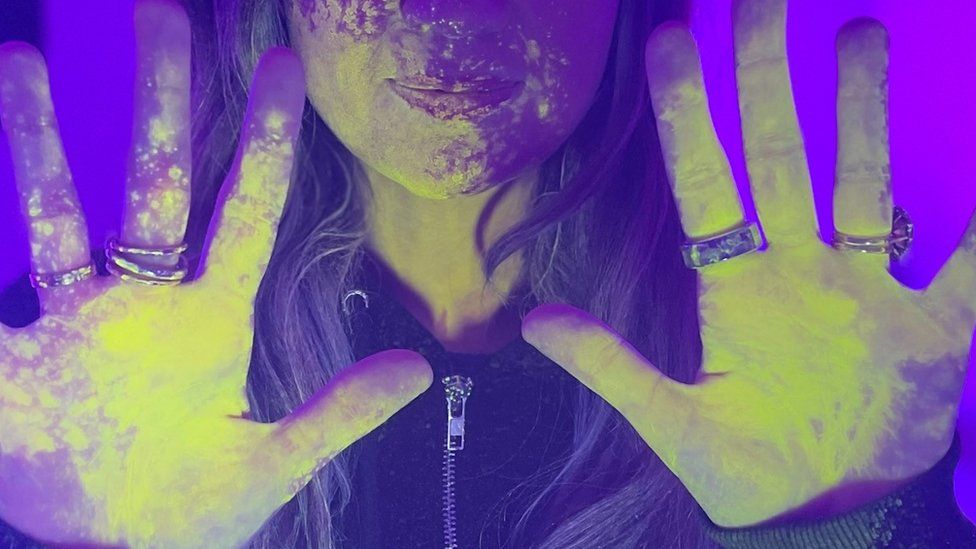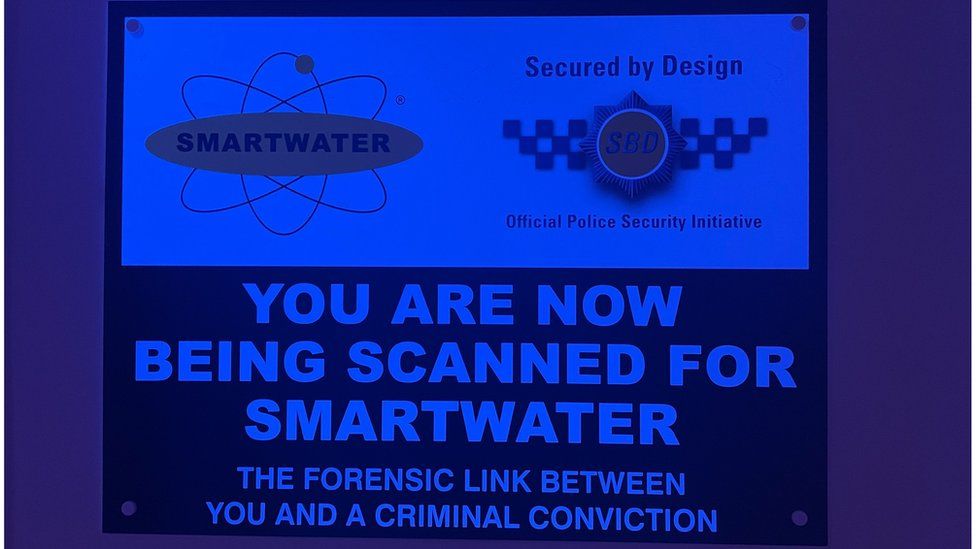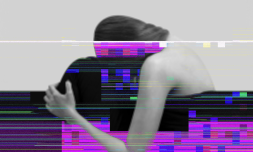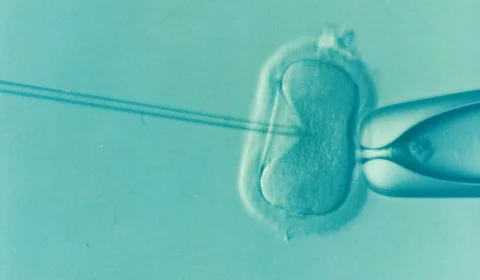SmartWater – a technology that was originally designed to catch burglars and thieves – is being used by victims of domestic abuse, allowing police to prosecute harassers for restraining order breaches.
In the last year, around 2.3 million people in England and Wales have experienced domestic abuse, with around one in five of the UK’s reported homicides during that time allegedly related to this form of violence specifically.
The issue is thought to have been exacerbated by pandemic-induced lockdowns, which saw a 61 per cent increase in the number of calls and referrals to helplines between April 2020 and February 2021 alone.
For this reason – and in light of a recent report by the Centre for Women’s Justice which revealed that female survivors are being ‘irrationally criminalised’ by perpetrators across the nation – the government has been working on a variety of measures to prioritise prevention, better support victims, and build a stronger system overall.
One such measure is the distribution of SmartWater, an innovative technology originally designed to catch burglars and thieves that’s now being used as ‘booby traps’ by police to catch domestic abusers who harass their ex-partners.

According to the Telegraph, eight forces are currently using SmartWater to create ‘safe’ houses, where any abuser who tries to enter is sprayed with the invisible liquid either through hidden devices or by the person they are harassing.
Because the substance stays on skin for up to six weeks and on clothing for much longer, police are able to follow up any alleged breach of a restraining or non-molestation order by shining ultraviolet light on the accused.
Doing this reveals a unique chemical tag which cannot be seen by the naked eye but that glows fluorescent yellow under UV lamps.
‘SmartWater is made up of a combination of rare elements that would never be found naturally anywhere else in the world,’ says Rachael Oakley.
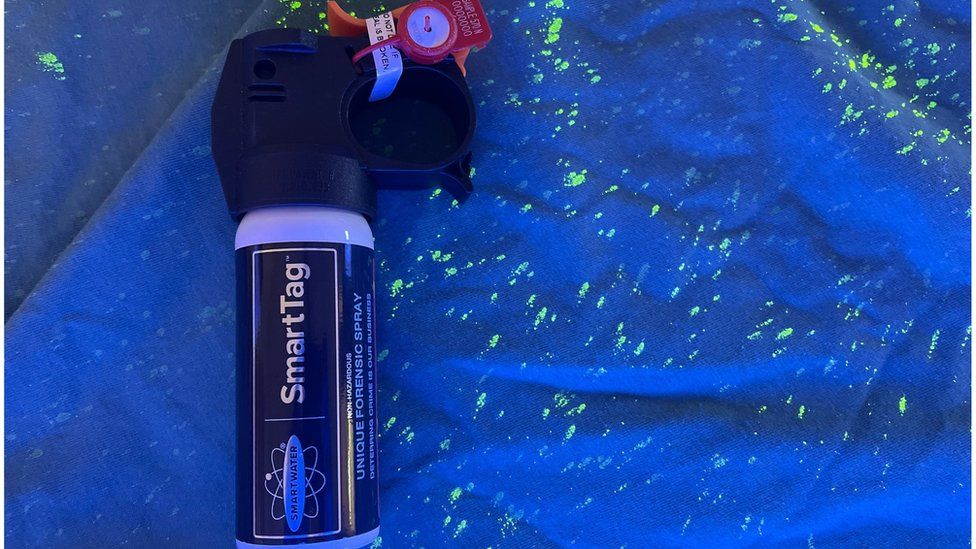
The director of SmartWater’s intelligence unit explains that there is no element of doubt when it comes to using forensic markings, unlike other deterrents, such as CCTV.
‘Every bottle has a different amount of those particles within it and each batch is unique, meaning we can tell categorically which batch of liquid is found,’ she continues. ‘Our database is the forensic link back to that person, placing them at the scene of the crime.’









